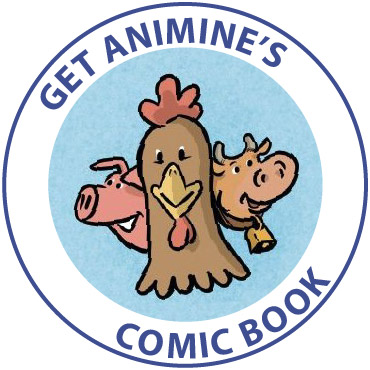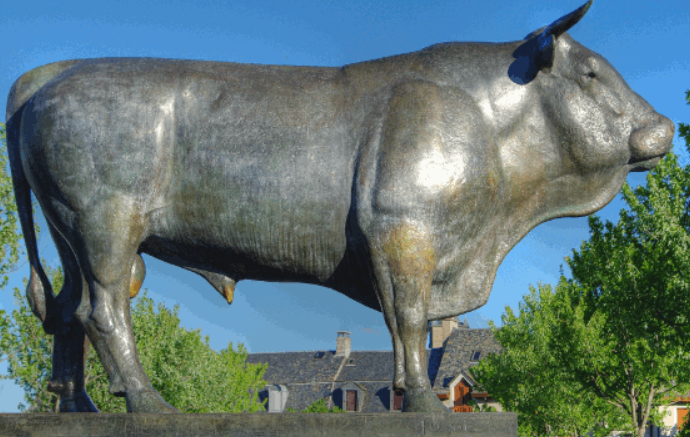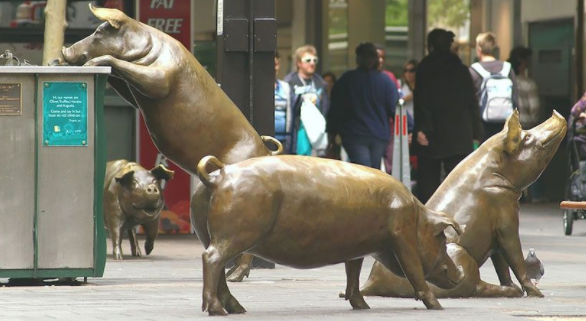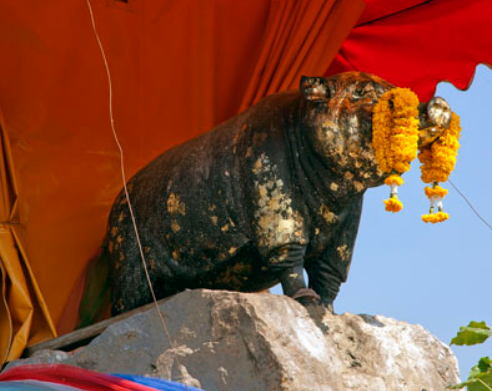> Animals
Living or imaginary?
Copper and its alloys (bronze, brass…) are traditional materials used to produce high quality statues sometimes representing characters or animals. Animals have always been important subjects in artistic expression for allegory and personification. Wild species, and especially the strongest ones, are represented since prehistoric times.
Human populations always expressed their feelings through imaginary animal creatures such as dragons, phoenixes and unicorns. More than any other animal, the dragon is an exceptional symbol of great power, wisdom and success. Some countries are represented through mythical animals such as the red dragon for Wales and the merlion for Singapore.
Nevertheless, few domesticated species have been represented. Horses are recognized to combine power and grace, to give strength and speed to the rider. Smaller animal species represent other qualities: the dog is used for loyalty, the rabbit for fecundity, the koi carp for faithfulness.
The bull symbolizes fighting ability and male fertility. In Manhattan (New York, USA) the “Fearless girl” is now facing the 3’200 kg bronze-made iconic “Charging bull”, created by Arturo Di Modica. In 2010 the artist delivered to Shanghai Bund’s waterfront a “redder, younger and stronger” Chinese version.
Previously in 1947, another 3 meters-high bull was erected in Laguiole city, France to represent the regional Aubrac breed.
Sculptures and statues of food-producing animals are less present in Art. The “Cow parades” organized in the 2000’s displayed more than 300 life-size cows in various cities and in all continents. Chicago (Michigan, USA) kept a bronze cow “who has lost her herd” as a souvenir. Dairy cows inspire positive feelings because they give milk to their calves and to infants. They are generally represented in areas with historical important milk production.
Sows and their progeny are also popular farmed animals important for numerous societies food systems. Some places are decorated with pig bronze statues. Sows also have their street in Bremen (Germany), their bridge in Wismar (Mecklenburg-Vorpommern, Germany), their mall in Adelaide (South Australia). Some sculptures honor traditional food recipes made from pig, like the commemorative monument to the Galician Stew Cocido Galego in Lalin (Spain) or to celebrate the Wiltshire town’s pork pie making heritage (Calne, UK).
A metal cast pig at Sahachart Memorial in Bangkok was built in 1913 to celebrate the Queen Saovabha Phongsri’s 50th birthday anniversary who was born in the Year of the Pig.
Smaller animals like birds are less inspiring for humans. Self-named “the poultry capital of the world”, Gainesville (Florida, USA) honors a rooster that rests atop the 9 meters marble obelisk monument. In France, with 20 meters high and 32 meters in diameter, the metal Poulet de Bresse is a symbol of the premium Bresse chicken from the area.





